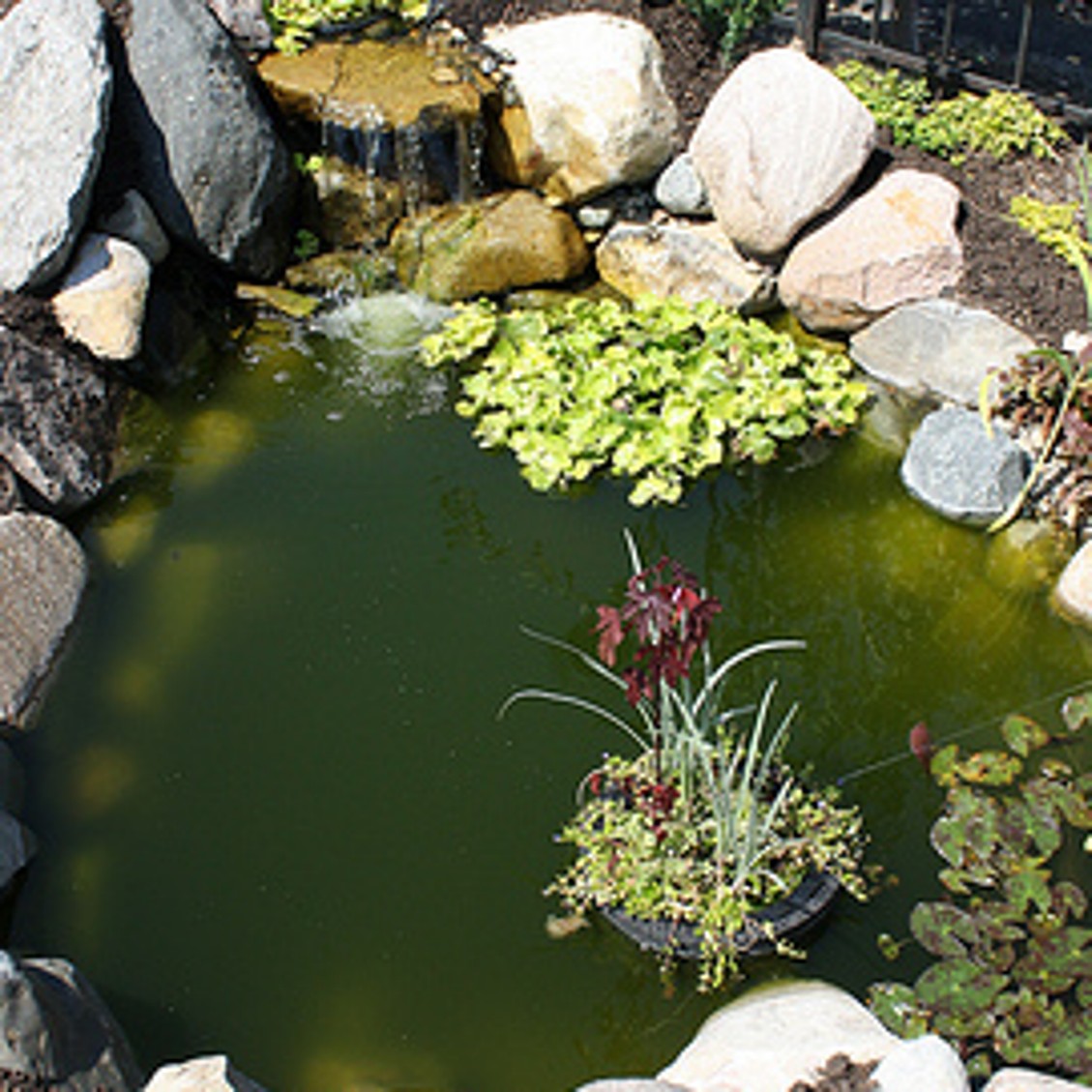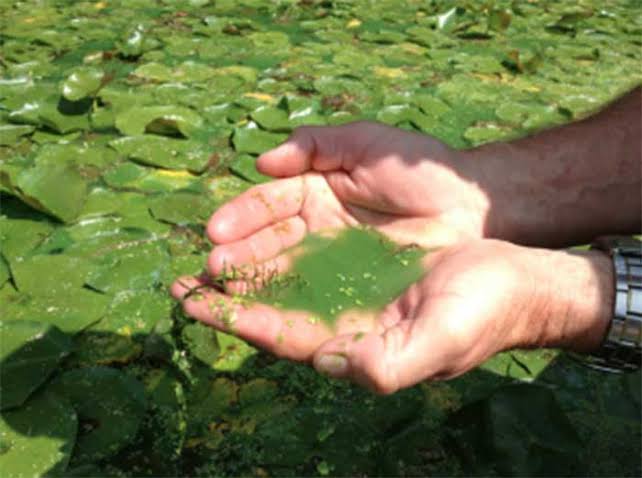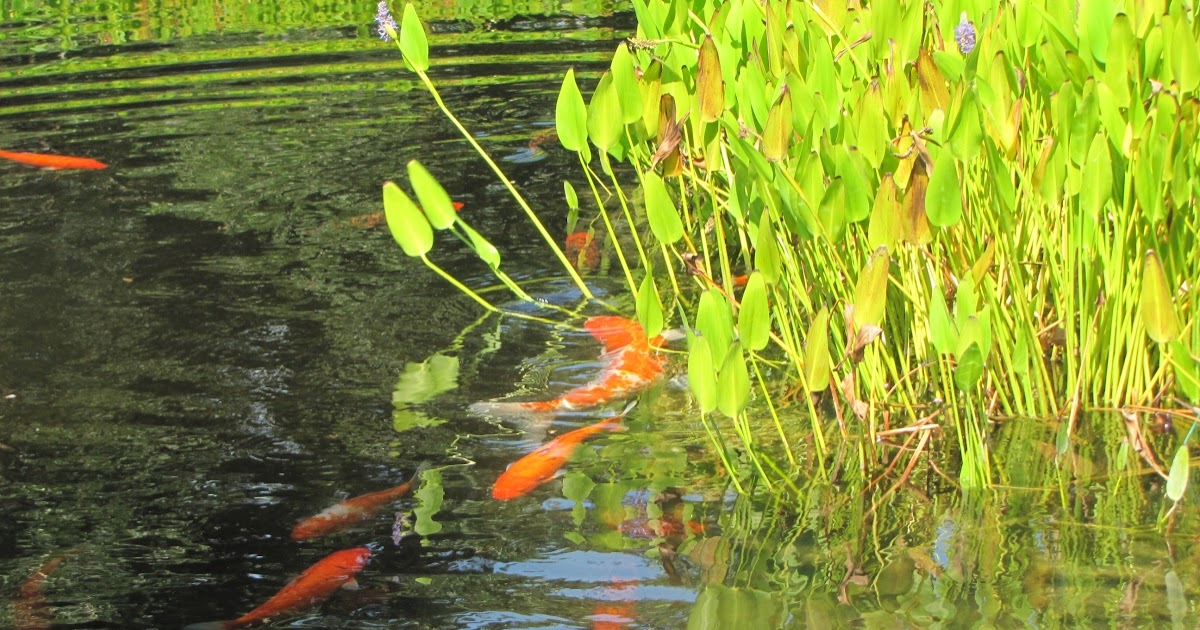
The Ultimate Guide to Algae on Rocks in Koi Ponds
Introduction
Koi ponds are a wonderful addition to any garden or outdoor space. These beautiful fish require a delicate balance of water quality and maintenance to thrive, which can include dealing with algae growth on rocks and other surfaces within the pond. In this guide, we’ll cover everything you need to know about algae on rocks in koi ponds, including how to prevent it, how to treat it, and how to maintain a healthy environment for your koi.
What Causes Algae Growth on Rocks in Koi Ponds?
Algae is a natural part of any aquatic ecosystem, including koi ponds. It provides a food source for fish, absorbs excess nutrients in the water, and helps to oxygenate the pond. However, when conditions are not properly balanced, algae growth can become excessive and problematic. In koi ponds, algae can grow on rocks, waterfall features, and other surfaces. The most common causes of excessive algae growth in koi ponds include:
- Too much sunlight in the pond
- High levels of nitrates and other nutrients in the water
- Poor water circulation and movement
- Low levels of dissolved oxygen in the water
How to Prevent Algae Growth on Rocks in Koi Ponds
Preventing algae growth on rocks in koi ponds is much easier than treating an existing problem. Here are some tips for preventing algae growth and maintaining a healthy environment for your koi:
Provide Shade
One of the easiest ways to prevent excessive algae growth in your koi pond is to provide some shade. This can be done through the use of plants, rocks, or a canopy over the pond. By reducing the amount of direct sunlight in the pond, you can limit the amount of algae growth on rocks and other surfaces.
Control Nutrient Levels
To prevent algae growth, it’s important to control the nutrient levels in your koi pond. This can be done by using a high-quality filtration system, reducing the number of fish in the pond, and avoiding overfeeding the fish. In addition, you can add beneficial bacteria to the water to help break down excess nutrients and organic matter.
Improve Water Circulation
Proper water circulation and movement is important for preventing algae growth in your koi pond. Aeration, waterfalls, and other features can help to keep the water moving and mixing, which can limit the growth of algae on rocks and other surfaces. In addition, regularly cleaning and maintaining the pump and filter system can help to improve water circulation.
Treating Algae Growth on Rocks in Koi Ponds
If algae growth has already taken hold in your koi pond, don’t worry – there are several ways to treat the problem and restore a healthy environment for your fish. Here are some effective methods for treating algae growth on rocks in koi ponds:
Chemical Treatments
One of the most common ways to treat algae growth in koi ponds is through the use of chemical treatments. Algaecides are products that are specifically designed to kill and control algae growth in aquatic environments. These products can be effective, but should be used with caution – overuse can be harmful to fish and other aquatic life in the pond.
Mechanical Removal
Another method for treating algae growth on rocks in koi ponds is through mechanical removal. This can be done by scrubbing the rocks with a brush or using a pressure washer to blast away the algae. While this method can be effective, it can also be time-consuming and labor-intensive.
Natural Treatments
There are also several natural treatments that can be used to control algae growth in koi ponds. These include adding beneficial bacteria, introducing live plants, and using barley straw or extract. While these natural treatments may not work as quickly as chemical treatments, they are often safer and more sustainable in the long run.
Maintaining a Healthy Environment for Your Koi
In addition to preventing and treating algae growth on rocks in your koi pond, it’s important to maintain a healthy overall environment for your fish. This includes regular testing of water quality, maintaining proper pH levels, and providing a balanced diet. When these factors are in balance, your koi will thrive and you’ll be able to enjoy a beautiful and healthy pond for years to come.
Conclusion
Dealing with algae growth on rocks in koi ponds is a common challenge for many pond owners. However, with the right knowledge and tools, it can be managed effectively. By following the tips in this guide, you can prevent excessive algae growth, treat existing problems, and maintain a healthy environment for your koi. With a little effort and attention, you can create a beautiful and serene outdoor space that you and your fish will love.






